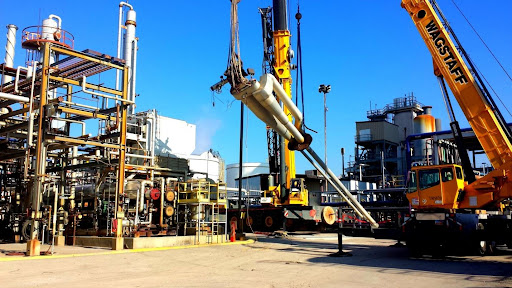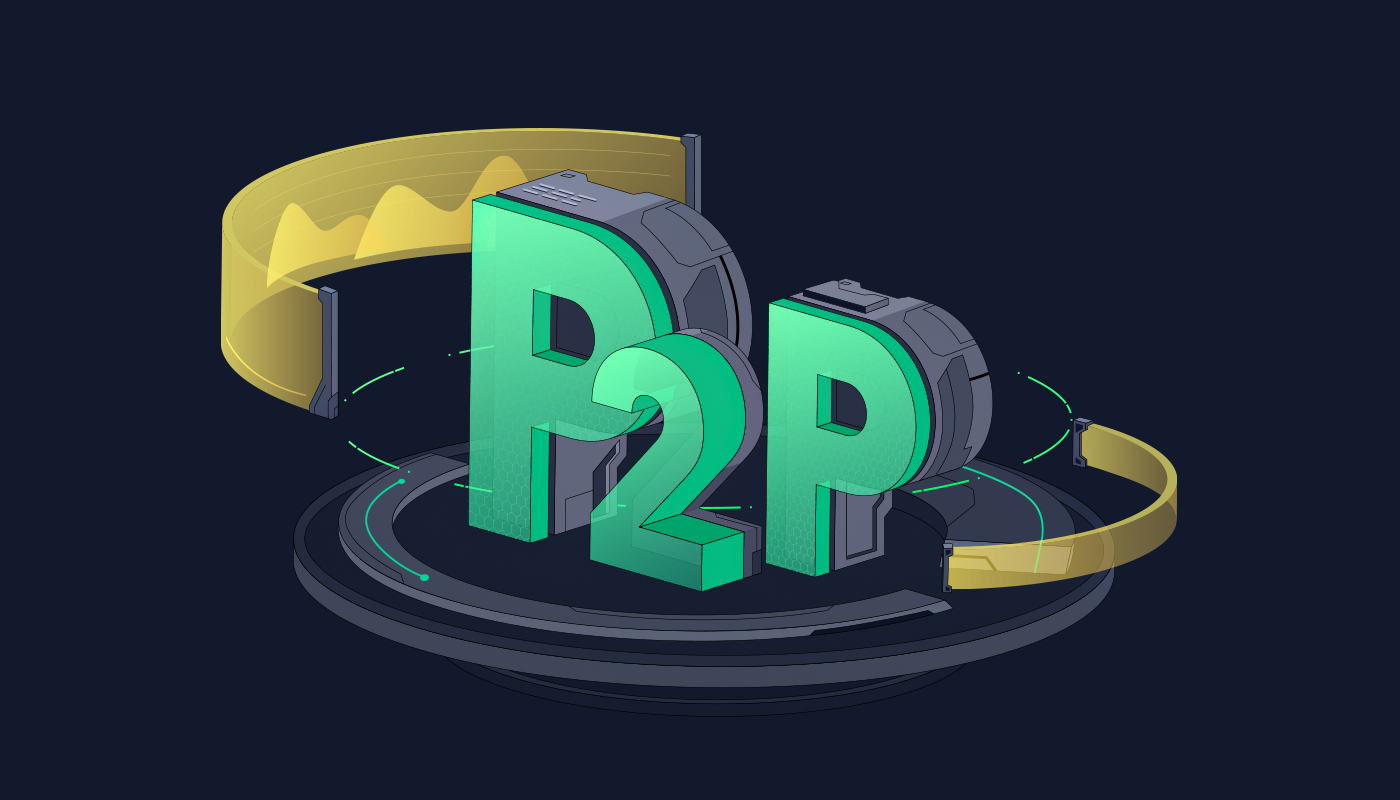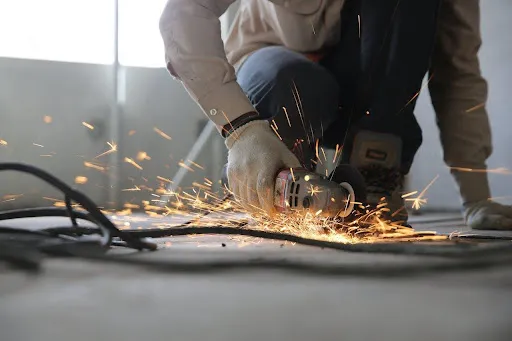Do you work in the oil and gas industry? So you’re no stranger to the challenges the sector has endured over the past few years.
Significant operational and environmental obstacles have come up. There’s an influx of competitors, tightening supply markets, and difficulties with refinement and transportation. These have made things more difficult than ever.
Your ability to meet these challenges can come down things like access to oil and gas equipment and managerial skills. Let’s take a look at what you can do to improve both.
Type of Equipment
The first factor to consider when buying equipment for oil and gas is the type of equipment that you need. This will depend on the specific needs of your organization and the nature of your operations. Some of the most common types of equipment include drilling equipment, production equipment, and transportation equipment.
When choosing the type of equipment, it is also important to consider the size of your operation. Check the type of oil and gas you are extracting and the conditions in which the equipment will be used.
Quality of Equipment
You should look for equipment from reputable and established manufacturers. They should have a proven track record of producing high-quality products.
Additionally, you should look for equipment certified to meet industry standards and regulations. High-quality equipment ensures the safety of your workers and the environment. It also improves your bottom line by reducing downtime and maintenance costs.
Cost of Equipment
It may be tempting to purchase the equipment at the lowest possible price. But it is important to remember that you get what you pay for.
High-quality equipment is usually more expensive than low-quality equipment. But it is worth the investment in the long run.
By purchasing top-quality equipment, you can reduce your operating costs. You can minimize downtime and improve your overall efficiency.
Level of Support
The level of support you receive from the manufacturer should include access to technical support, warranty coverage, and maintenance services.
Have a manufacturer that is readily available to help you with any problems. They should be able to answer any questions you may have when you need more info. This is crucial for the smooth operation of your organization.
Make sure to research the manufacturer’s support services before making a purchase. Choose a manufacturer that has a proven track record of providing excellent support.
Delivery and Installation
Make sure you have a clear understanding of the delivery timeline, as well as the cost of delivery and installation.
It is also important to ensure that the manufacturer provides adequate training for your workers. They should be able to operate the equipment safely and effectively.
Buying Oil and Gas Equipment
If you’re a manager and in the market for oil and gas equipment, it is essential to have a strategy in place for the purchase process. Ensure you do your research and shop around for pricing and options.
Utilize industry contacts and knowledgeable vendors to your advantage. Don’t forget to always investigate warranties.
As a manager, it’s your responsibility to get your team the best product at the best price. Take the steps to success now!
Have this article helped you out? Check out our page for more related topics!





